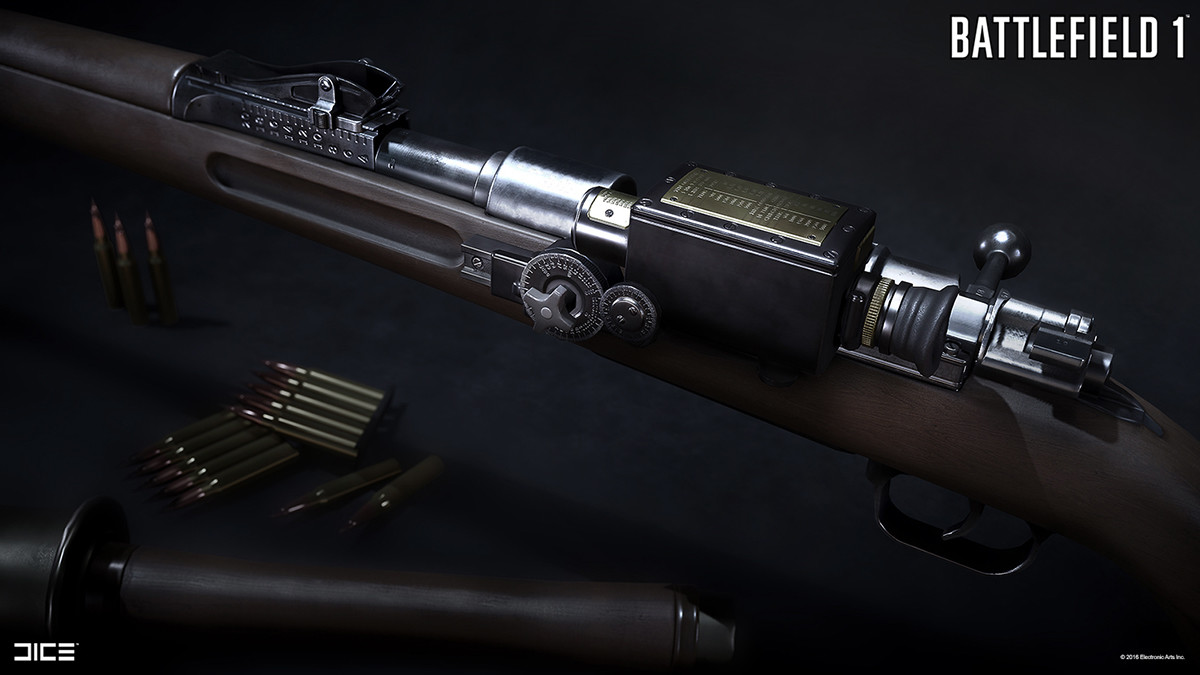Modelling a Video Game 'Glock' handgun - Introduction to 3D Modelling

'Electroshock Glock'
Rendered in Substance Painter

Glock Model
3DS Max
For my detailed model, I initially applied myself to designing a Glock, as I felt it an appropriate challenge. I was able to trace my base model from a widely available library of imagery - but could also apply my own creative input through texture and potentially attachments or 'character features': which I chose to do here in the form of my 'electroshock' attachment.

Glock Low Poly
3DS Max
Creating a high-fidelity model also meant I could apply the use of a PBR based texture suite like Substance Painter - something that I am keen to explore but have yet to do so. This would enable me to create highly realistic and 'triple-A' appearing assets. However, such techniques benefit from utilising 2 meshes: a low and high poly. By baking in detail (such as normal and curvature maps) to a lower detail mesh game assets can be less resource heavy whilst maintaining very high levels of visual fidelity.
With my asset being purely educational, I limited the amount of detail I would remove in my low poly mesh as there was no specified poly-budget I was required to adhere to.

Concepting my Electroshock Attachment
Photoshop CC
To personalise my model and give it more of a 'video-game' feel I was keen to give my 'weapon' an attachment. I also desired to feature something unconventional where I could apply creativity - so I opted for an improvised feel, adding an unrealistic but visually attractive battery pack to a more conventional 'taser' body. All adhered with a healthy supply of rubber bands and hobby electronic wire. These features would also allow me to add more organic geometric features like tubes and bands - something which lacked from my conventional Glock model.


Comments
Post a Comment